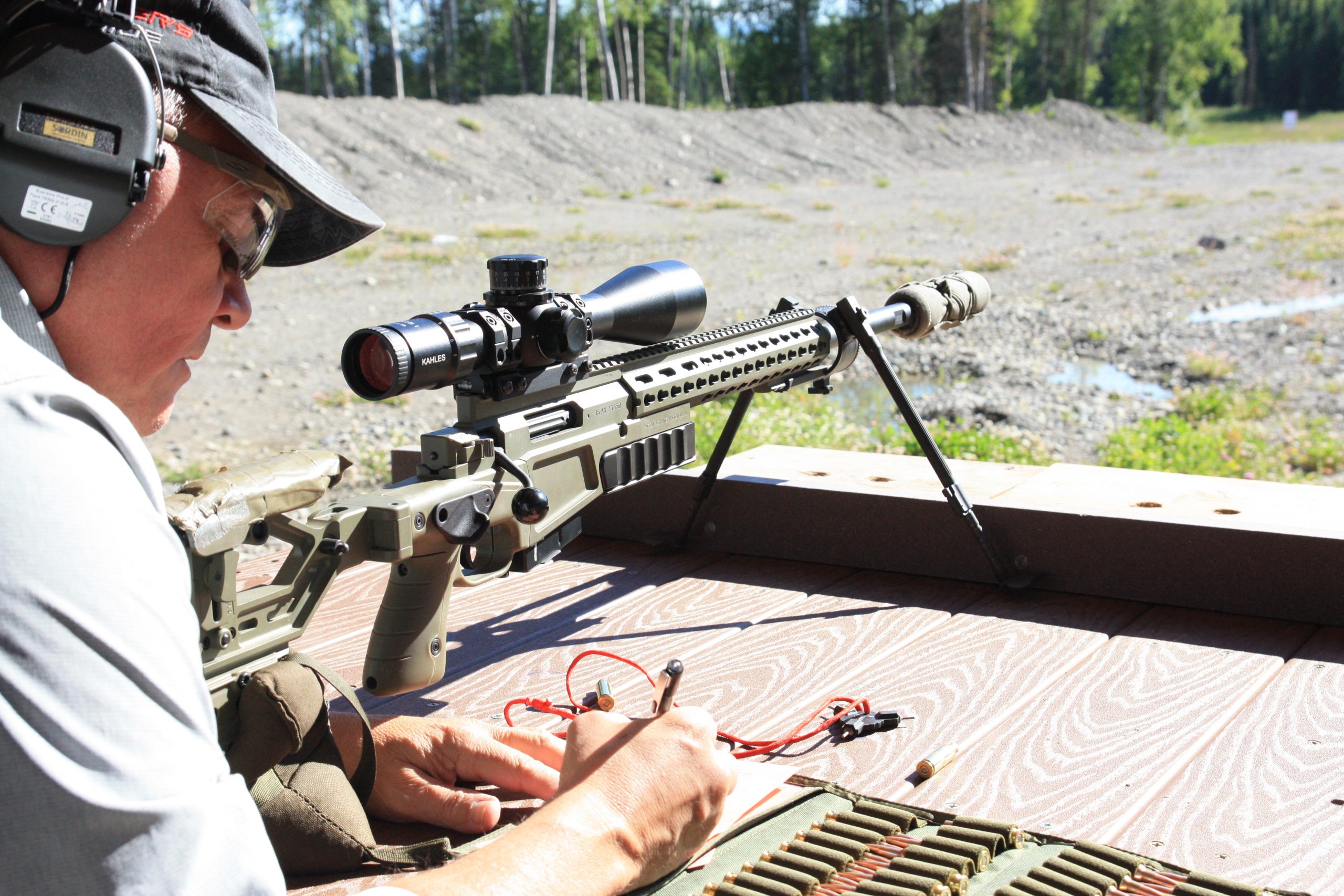Answers are only answers because of questions. Solutions are only solutions because of problems.
As precision long range rifle instructors, our problem was a full line of students each with his or her own rifle, caliber, and numerous parameters and cartridges all flying at different speeds at different weights with different characteristics.
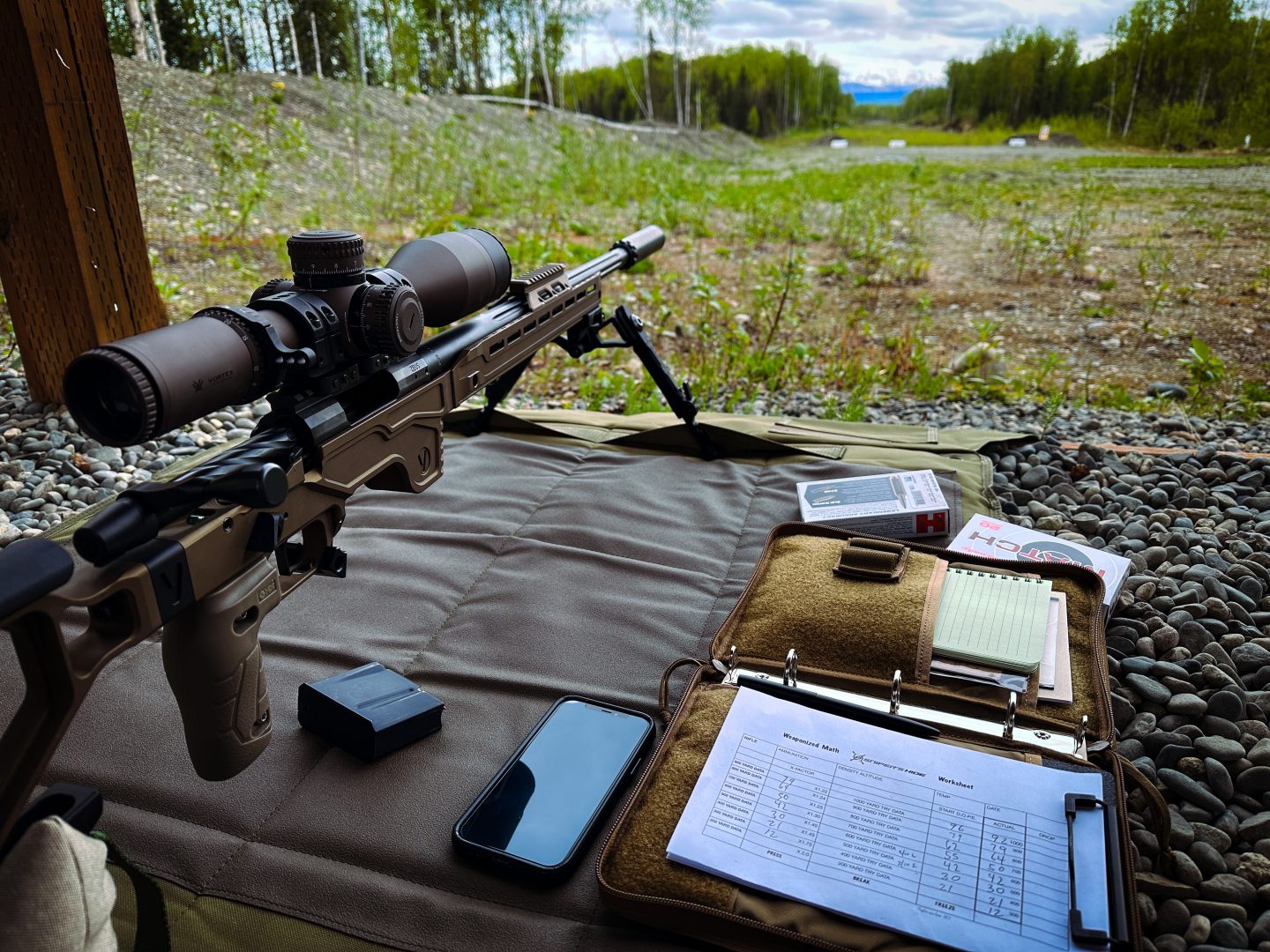
We needed an expedient means of providing the student with a solution for the next yard line’s data based upon his impact at the last yard line. Otherwise, the student spent valuable instruction time staring at any one of a number of ballistic apps instead of concentrating and being in the instruction moment that they paid for. Walking a line of 16 students out to 1000 yards efficiently, predictably, and with waterline hits requires time, so we needed to be much more efficient in terms of time and in terms of conserving the students ammunition. Ammunition is precious whether you reload or shoot boxed ammo, and it will get more-so in the future.
We need hits based on hits not hits based on theory.
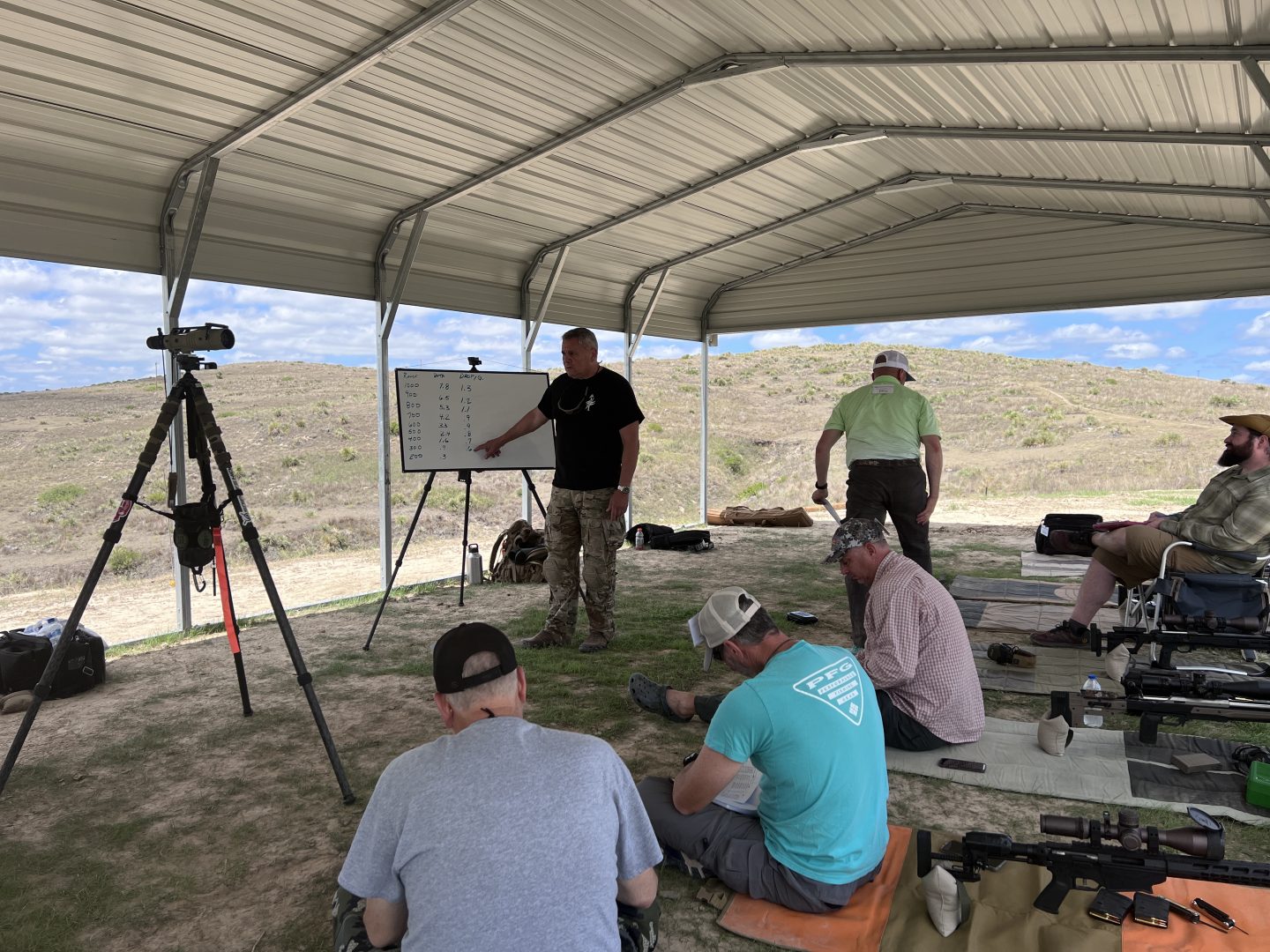
I decided to write down the data of each of our students as we guided them down range. After a full season of that, I decided to go inside the numbers and find similarities. What I found was astounding. Regardless of caliber, speed or bullet weight, each cartridge used a similar percentage of data between yard lines. (!)
Using simple math theory, because I am a simple man from the state of Mississippi with no degree in math, I backed into a multiplier that I could use between yard lines that would deliver a waterline strike at the next yard line given proper fundamentals. Proper fundamentals are very important because we must remove the shooters influence from the shooting equation. This is the whole point of precision rifle instruction.
These multipliers worked perfectly, so I checked this math against my time-tested home-range data. It lined up to within a tenth of a mil. I was definitely onto something.(!) I checked the data and rechecked it, actually very surprised at the result, and decided to give Frank a call with my findings.
He agreed that there may be some there there, but a true test would be to expose the math and method to the members of The Hide. If anyone can break this, they can.
It reconciled… But HOW? Or more precisely – WHY?
Enter Gravity
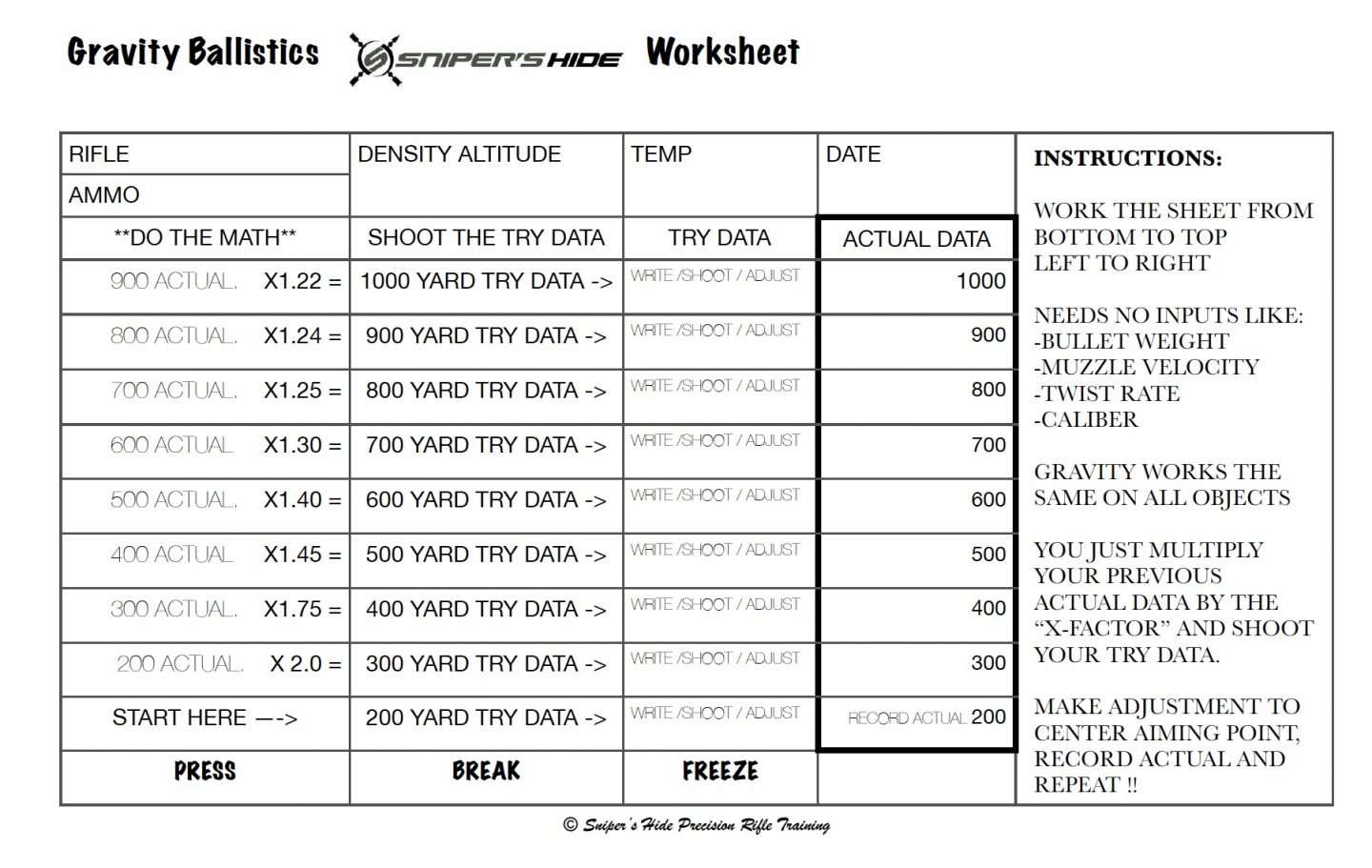
Ever notice that the use if gravity does not require parameters like weight, or location on the globe? Because two objects, dropped from the same height will strike the ground simultaneously regardless of weight. The multiplier that I had found represents gravity’s effect on the bullet in the next hundred yards (or meters) and one must only use the multiplier and the data of the previous hit to predict the data of the next hit. Mils or MOA. Gravity doesn’t care which angle of measurement you are using.
Problem solved – From that moment on we have used that math to efficiently, predictably and repeatedly guide the student to the next hit using only the last hit’s data and a simple multiplier.
This math exposes fundamental problems: A miss high or low and we would put the shooter under heavy scrutiny until we found the reason; stock dipping in the rear bag during recoil? Shooter crushing the trigger or failing to follow through? Don’t. Do. That. Because the math works! A miss high or low by more than a tenth or two and and you are the problem!
How did we incorporate Gravity Ballistics into our instruction?
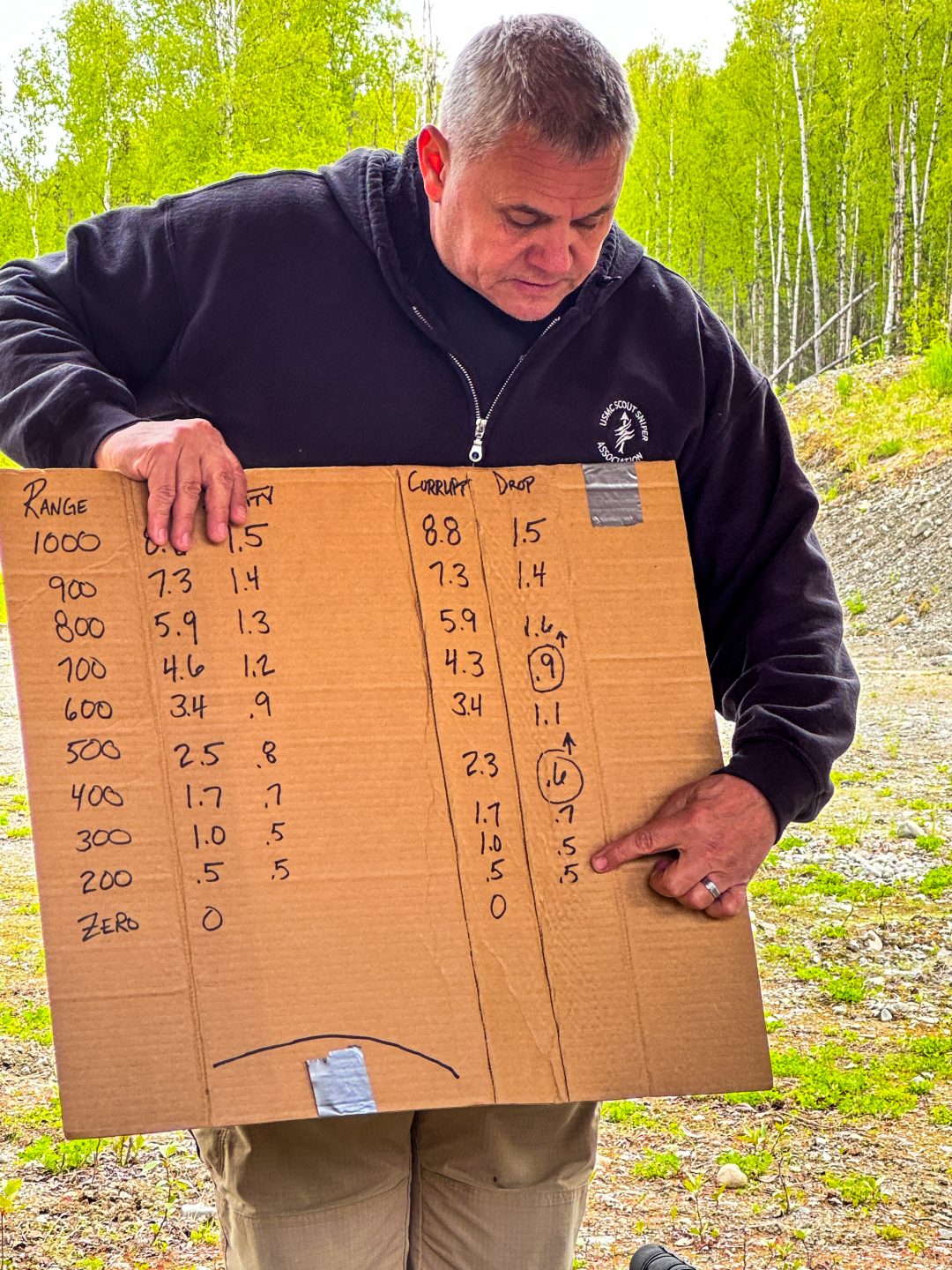
We created a flow sheet that the student would gather data on and do the math to the next hit as we moved down range. This worked really well and doubled as a training – truing aid with the use of my Drop Column.
The Drop Column displays in plain view the effect of gravity on your bullet between yard lines:
300 to 400 the drop is .7 mils
400 to 500 the drop is .8 mils
500 to 600 the drop is .9 mils, and so on…
This should show an even and predictable pattern. If it hitches in any way, you have a problem and need to go back and verify that yard line’s data. Simple. It exposes weakness in your data before you do, with misses.
The only problem being shooters doing math in public. LOL
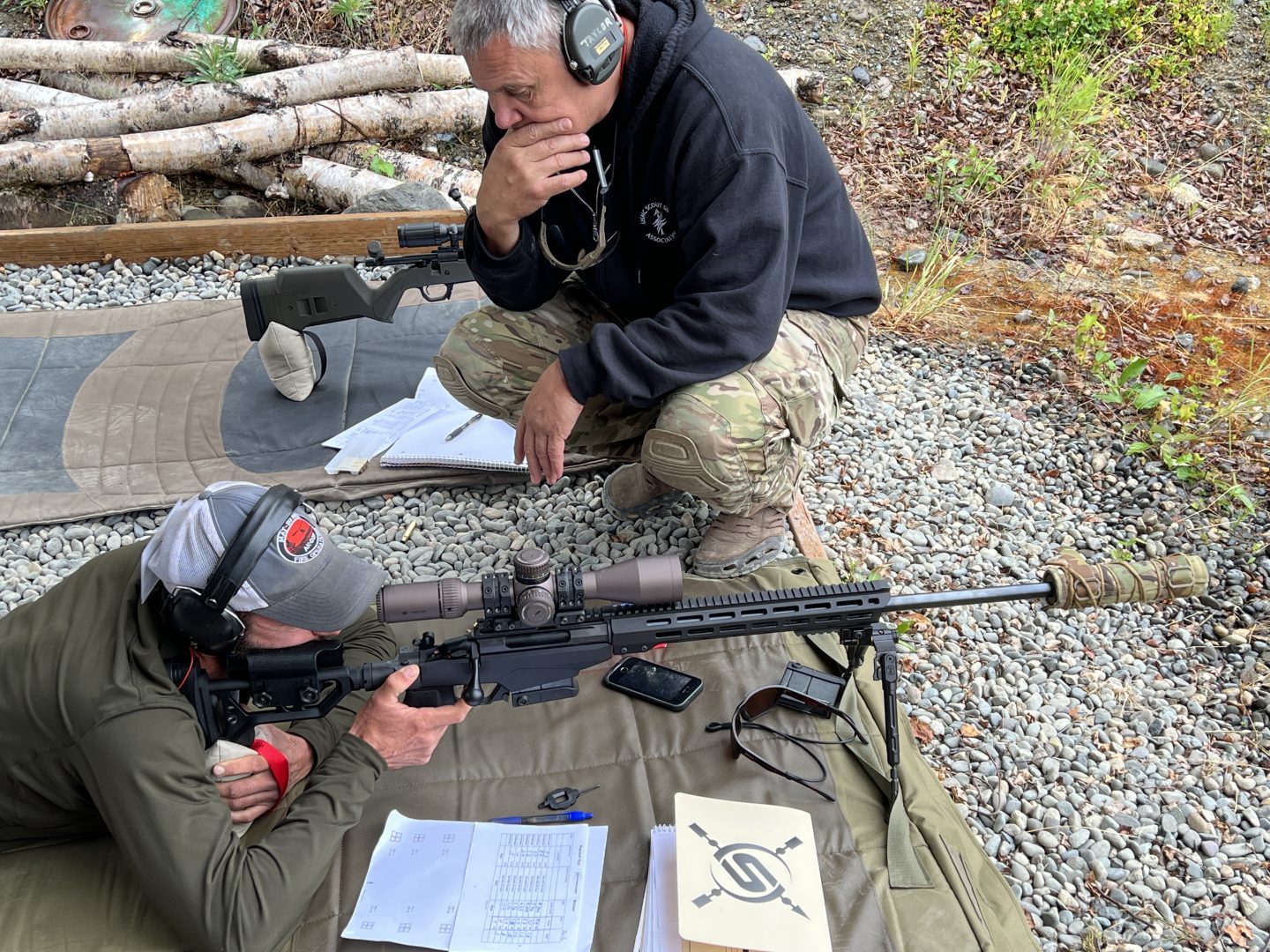
We initially called this “Weaponized Math”, but that did not prove to be proprietary enough, as the use of that phrase appears here and there in the shooting world. so over drinks, while sitting at the bar at Sheep creek lodge in Alaska in the summer of ‘23, we decided to re-brand it to what it is now… Gravity Ballistics. Frank may still have the napkin that was scribbled on.
Hundreds of our students have used what is now Gravity Ballistics to gather data efficiently and predictably in the 5 years since I started assembling this puzzle. It has fixed many a students’ problems and saved thousands of rounds of try-error that used to be associated with the gathering of data.
In the fall of ’23 Frank began work on the App that you now hold in your hand. The Application goes even deeper into the numbers and trues your data as you gather it. The farther out you shoot, the finer it resolves.
As instructors who have been in this game for over 30 years, we seek to NEVER STOP IMPROVING.
SO BACK TO OUR ORIGINAL QUESTION – WHY GRAVITY BALLISTICS?
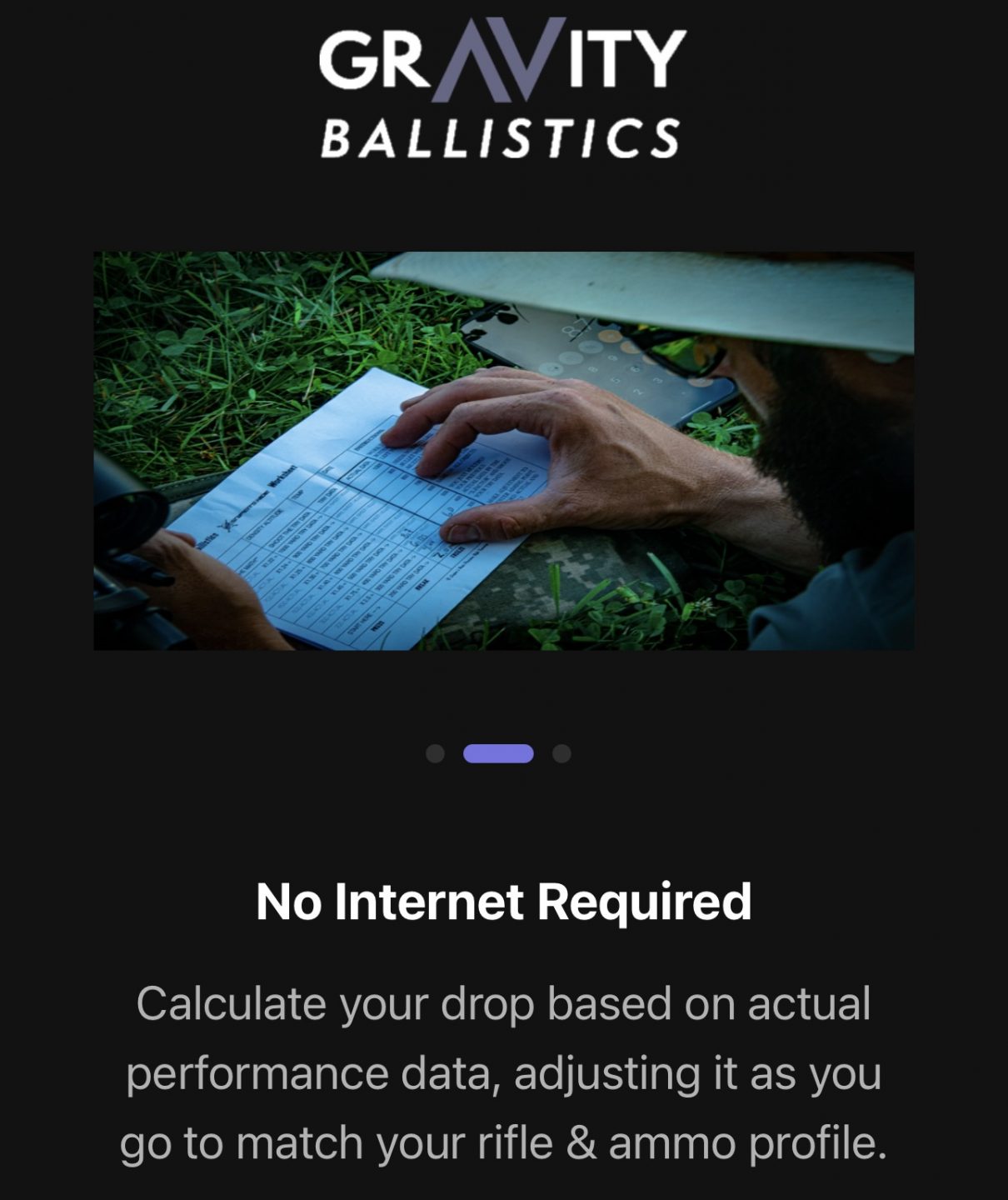
Because the math used by this method of gathering data is not based upon parameters like muzzle velocity, bullet diameter, length or weight.
It is unique because it is built upon something more precise; Gravity’s effect on your last hit, and it’s prediction using the drop it took to get that hit to give you the drop to your next hit. It is based upon reality, not theory.
Enjoy.
Marc Taylor
Instructor, Sniper’s Hide Precision Rifle Course
Email: [email protected]

